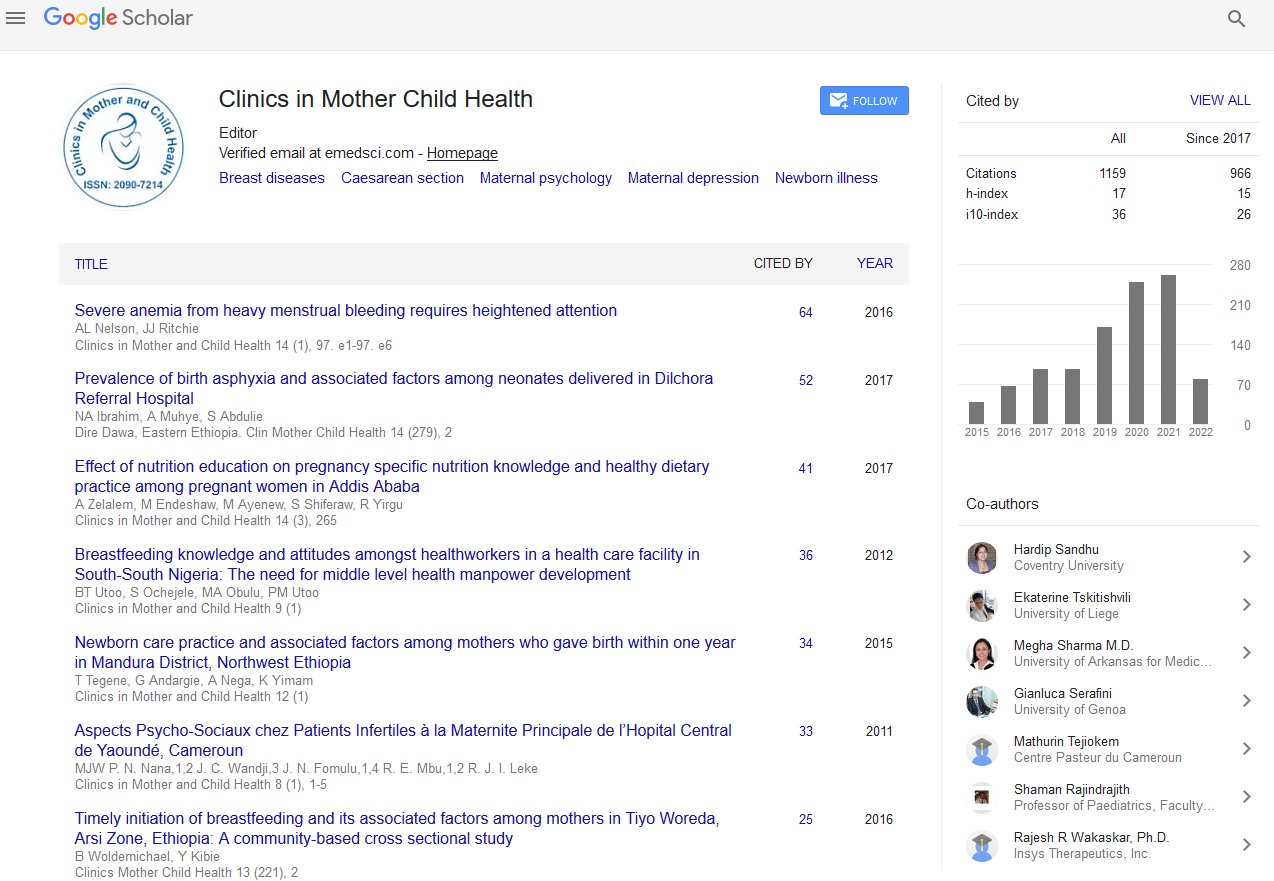Indexed In
- Genamics JournalSeek
- RefSeek
- Hamdard University
- EBSCO A-Z
- Publons
- Geneva Foundation for Medical Education and Research
- Euro Pub
- Google Scholar
Useful Links
Share This Page
Journal Flyer

Open Access Journals
- Agri and Aquaculture
- Biochemistry
- Bioinformatics & Systems Biology
- Business & Management
- Chemistry
- Clinical Sciences
- Engineering
- Food & Nutrition
- General Science
- Genetics & Molecular Biology
- Immunology & Microbiology
- Medical Sciences
- Neuroscience & Psychology
- Nursing & Health Care
- Pharmaceutical Sciences
Abstract
Pyogenic Granuloma
Alexander KC Leung, Benjamin Barankin and Kam Lun Hon
Pyogenic granuloma, also known as lobular capillary hemangioma, is a common, acquired, benign vascular proliferation that typically develops as a small erythematous papule on the skin or oral mucosal surface. The papule usually enlarges quickly to a few millimeters over weeks and growth stabilizes over several months. Clinically, pyogenic granuloma presents as a soft dome-shaped papule/nodule or a sessile or pedunculated papule/nodule with a smooth, glistening, erosive, or friable surface. The color is usually bright red to dusky red. Characteristically, the lesion is asymptomatic and painless. Pyogenic granuloma is usually solitary. Cutaneous pyogenic granulomas are commonly located on the head and neck, as well as fingers and toes. In the oral cavity, pyogenic granulomas are more frequent on the gingiva. The lesion tends to bleed and ulcerate even with very minor trauma which brings patients to seek medical care. Although pyogenic granulomas occur in patients of any age, they are more prevalent in children, adolescents, and pregnant women. Cutaneous pyogenic granulomas have no gender predilection whereas the oral mucosal ones have a female to male ratio of 2:1. Trauma and female sex hormones are possible etiologic factors. The diagnosis is usually clinical. Pyogenic granulomas developing during pregnancy tend to resolve on their own after delivery and usually require no treatment. Most other lesions are treated. Surgical excision with linear closure allows histologic examination of the tissue. It also has the lowest rate of recurrence and is therefore the treatment of choice.


